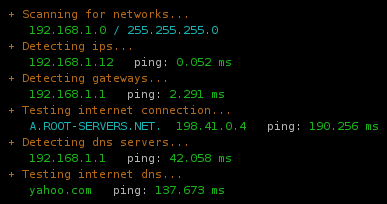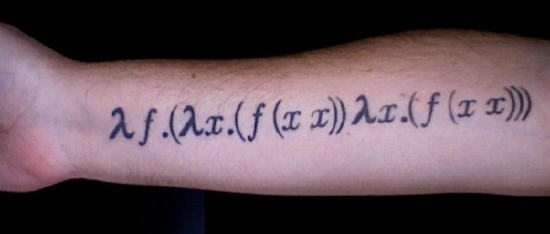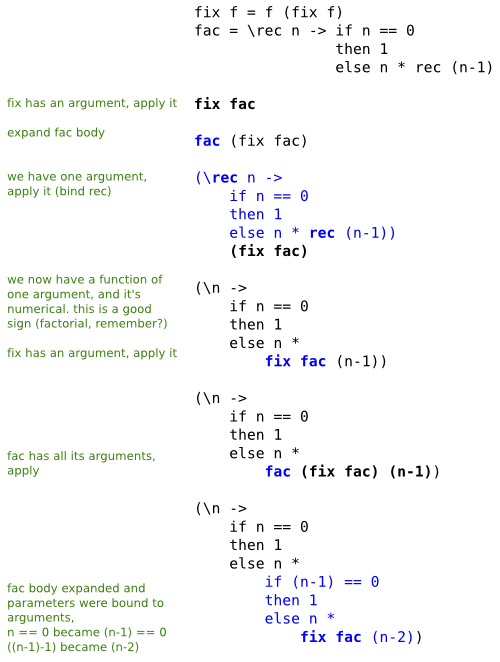London, it's a wonderful city. The culture, the entertainment, the architecture. Historical and contemporary at once. Everyone and everything is there.
Oh sure, initial impressions can be disappointing. The drab landmarks of postcard tourism.. the baroque London Bridge, the utterly pointless Tower of London, the entirely forgettable Buckingham Palace, the simplistically named Big Ben, the gaudy Westminster Abbey. Next to Rome or Paris they look almost barbaric, like the Stone Henge next to the Eiffel Tower. But I cannot for a second imagine that someone could come away from London without absorbing the magic and the culture inherent to it. There's something for everyone to love.
The most striking thing about London to outward appearances is the architecture. There is no shortage of classical buildings, but then there is none of modernity either. Soho, Picadilly, Westminster for a bite of classical; St. Paul's, Queen Victoria, Cornhill for the modern. But you don't have to chase it down, architecture is everywhere and the urbanism is top class, it all fits no matter what it is.
Walking around the wide streets there is that feeling of a real metropolis. The streets are buzzing, both motorized traffic and pedestrian. And they do not fall asleep after dark, there are always people. For that warm and cuddly city feeling Oxford Street is a good bet. When you're ready to take a load off, look for a Starbucks (they're everywhere). Then walk across the street to Caffè Nero, a cozy café chain without the fast food atmosphere.
If you're after shopping there is a huge Borders off Oxford Circus, 4 storeys of bookstore. Be there at 9am and you have the whole thing to yourself! And it's well worth it. Books have always been cheaper in England. You can walk out with two shopping bags for the price of a sports jersey or some silly fashion item.
London's subway system is unique and something of a contradiction. When you look at the map you notice that the stations cover the city very laboriously, it's obviously a huge network. But then you enter the underground and everything is so cramp, the passage ways are narrow, there's little space above your head, the platforms are about 4m wide, and the trains themselves are no different, only wide enough for 3 seats and a passage - less than a bus. So why is a network so vast, designed to transport so many people so cramped? And still, the trains run with such regularity that you're never actually obstructed or stalled, it's very efficient. The maximum waiting time in zone 1 is 3 minutes in the daytime.
State instituted paranoia
The one thing that everyone knows about London and Britain nowadays is that it's a surveillance society. I didn't actually take any pictures myself, but I bet I could cover every last site of interest just with the pictures taken for me and of me in every location. I'm not sure whom I have to call to recoup those photos, though. It's no exaggeration, there really is a camera everywhere, and often, several.
All of this for my protection, naturally. The subway is already entirely covered in cameras, but you'll still see signs reading "for your protection we are installing more cameras". Ditto in the commercial realm, the same cameras wrapped in tinted glass (so as to be less obvious) greet you in a café as the ones you see in the street.
London feels like a pretty safe place if it wasn't for the police crawling everywhere. I don't know about you, but seeing a police unit doesn't make me feel particularly safe. Presumably they are on scene to stop, intervene, apprehend, pursue and I don't want to get stuck with a ticket for crossing the street at my own choosing just because the restless cops feel they have to justify their presence somehow.
State instituted paranoia is on show. There's a warning sign on everything to alert you to the magnificent danger. Walking down Horse Guards Road in Westminster I saw an entirely unremarkable statue surrounded by a fence on all sides, with a plaque stating that it would be a criminal act to climb the fence. This kind of thing is systemic, there is so much distrust and hostility in the announcements and signage. A security circus.
The thing is though, I don't think the public is buying it. They are tolerating it, because it hasn't impacted their lives much, but London doesn't strike me as a society in anxiety or panic, far from it. London was the site of a bombing since the era of paranoia ensued, fair enough, but is the solution to that not police work rather than a paranoia epidemic? The public seems to think so. Terrorism is shamelessly used for political currency, as is the current trend. In the same area there's a monument to the Bali bombing victims. Not that Bali was unimportant, but how many other people have died tragically through various other causes in the same period, starting with the civilian casualties caused by the Iraq invasion (concentrate on the territories under British control, say), ending with the armed conflict du jour on the African continent? No political gain from that, so let's not dwell on those shall we.
Left is right, except when it's not
It is so typical of the British to be different. Not different in a useful way, just arbitrarily so. It might be illusions of grandeur over the long lost empire. One of those differences is driving on the other side of the road. Britain is part of a small minority of countries that drive on the left. To what end? Cars have to be built special for those markets. Traffic rules cannot be made universal worldwide. And for what? There is no trade-off to make, it's completely inconsequential which side you take. The only justification is "it must be this way because it's always been this way", which is a popular non-argument.
To the extent that motorized traffic works smoothly on the "left system", it also affects pedestrians. And in London there are some very clear signs that the left system isn't all that smooth. For starters, there's printing on the street at every pedestrian crossing, "look left", "look right", to tell us where the traffic is coming from. I've never seen this anywhere else, and it wouldn't be necessary if people understood how the traffic works.
You would expect that if the Brits are dedicated to the left system then everything would work accordingly. But it doesn't. When you're walking down the street on the right hand side, sometimes you're against the stream, sometimes with it. In the subway, where they have instructions for everything, they often have partitions in the middle of a walkway. In some places the sign says "keep left", in others "keep right". When you get to the escalator, you're supposed to stand on the right, and walk on the left, in blatant contradiction to the left system. The escalators themselves are flimsy on it, sometimes the one going up is on the right, sometimes it's on the left. Sometimes you're coming out of a walkway on the right and crossing over to the escalator on the left, clashing with the people coming down and switching to the right.

 November 22nd, 2008
November 22nd, 2008

 A lot of really bad "comedy" movies have been made to portray the despair of suburbia. People whose lives revolve around work in a big supermarket or other chain, empty most of the time, so they try to find something, anything, to distract themselves from the daily routine.
A lot of really bad "comedy" movies have been made to portray the despair of suburbia. People whose lives revolve around work in a big supermarket or other chain, empty most of the time, so they try to find something, anything, to distract themselves from the daily routine.
